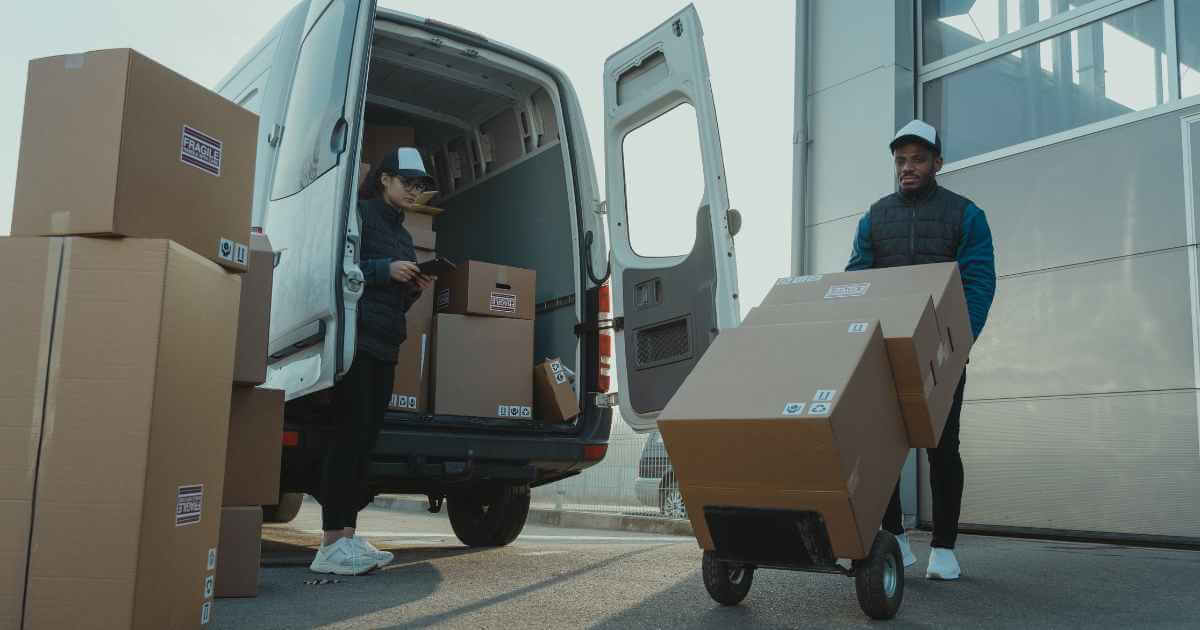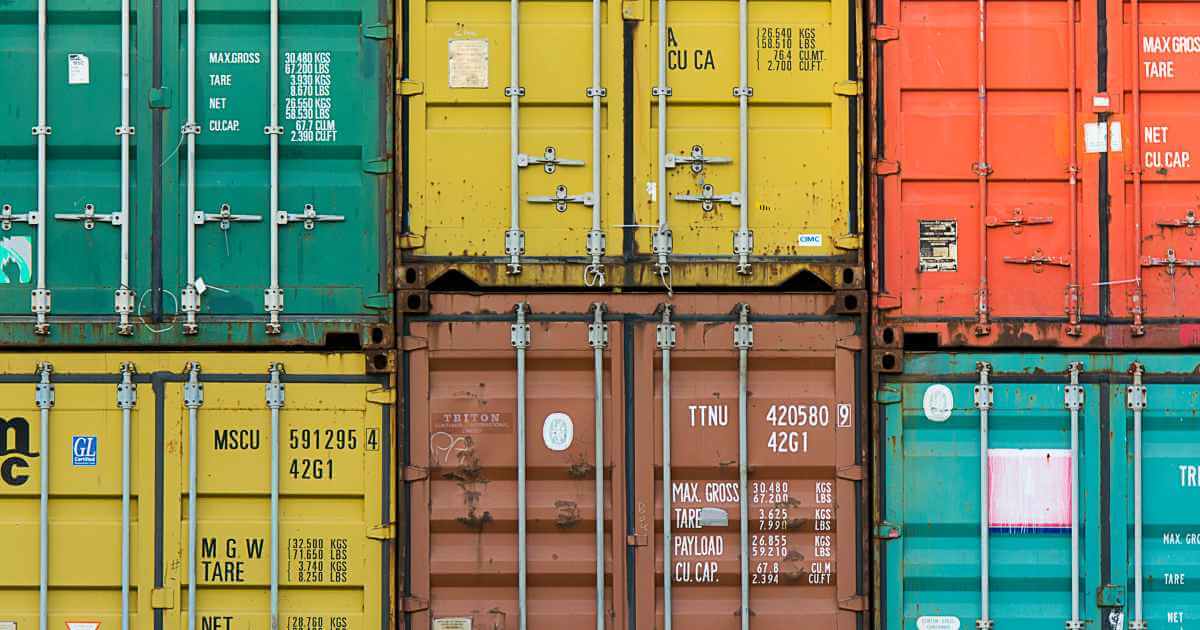The AI Revolution: How Predictive Procurement is Innovating Transportation Procurement
The transportation and logistics industry has been on a wild ride over the past few years, enduring extreme market volatility brought about by the COVID-19 pandemic, geopolitical events, inflation, environmental regulations, and more. Thankfully, a period of relief is on the way as fuel prices and supply chains become more stable.
Many organizations are using this opportunity to leverage technology, optimize costs, and become increasingly strategic in their approach to procurement. Let’s look at the latest trends shaping the future of transportation and logistics procurement, including challenges, solutions, and success stories.
Top Challenges in Transportation and Logistics
The U.S. freight and logistics market is expected to reach $1.67 trillion by 2030, representing a CAGR of nearly 4%. Still, many challenges loom. Digitization and ever-changing regulations are forcing companies to innovate and evolve rapidly. Though many growth opportunities exist, the process is painful for many. Here are some of the biggest hurdles facing the industry in 2024.

Labor Shortages
Nearly half of all organizations say they currently face “high to extreme workforce shortages.” But for labor-intensive transportation operations, the problem is even more severe. More than 60% of these organizations say they’re suffering from resource shortages and “worse-than-average” employee turnover. These shortages negatively impact all areas of business, especially when it comes to customer service.
Environmental Regulations
The U.S. Environmental Protection Agency (EPA) recently announced new national greenhouse gas pollution standards that place stricter requirements for freight trucks and heavy-duty vehicles. These policies put the transportation industry under pressure to quickly meet timelines and switch to expensive zero-emission vehicles. Truck and Engine Manufacturers Association President Jed Mandel referred to the new standards as “the most challenging, costly, and potentially disruptive heavy-duty emissions rule in history.”
Siloed, Disparate Systems
Many supply chains fall prey to data silos, and the transportation and logistics industry is no different. Disparate legacy systems isolate information in internal systems, making it difficult for organizations to access data and make better-informed decisions. Because each sector operates independently, systems tend to lack visibility, and bottlenecks often stall progress and efficiency. According to Gartner, poor data costs organizations an average of $12.9 million annually.
Geopolitical Conflicts
Global crises like the COVID-19 pandemic, increased inflation, and wars in Ukraine and Gaza have caused ongoing challenges for transportation and logistics companies. These events have increased the price of fuel, freight costs, and other goods and services while causing delays, sourcing challenges, and additional worker shortages.
The Solution: Leveraging Technology for Strategic Procurement
Despite the long list of industry challenges, AI-powered technologies are revolutionizing transportation and logistics procurement, providing organizations with advanced insights into supply chain dynamics, market trends, and potential risks. By leveraging historical data, market intelligence, and machine learning algorithms, this technology can forecast demand patterns, optimize inventory levels, and anticipate disruptions in the supply chain.

Here are a few ways companies are leveraging predictive procurement and AI to make data-driven decisions related to procurement strategies, supplier relationships, resource allocation, and more.
Spot Rates vs. Contract Rates
Spot rates, or prices negotiated on an ad-hoc basis, are often low-cost but high-effort, requiring time and resources to collect and compare quotes. On the other hand, contract rates are low-effort but higher cost, since carriers must consider market risks and volatility over the lifetime of the contract.
Predictive procurement helps solve this conundrum by streamlining the quote collection process for both spot rates and contract rates. Transportation planners can quickly collect spot rates when they need them — at a rate faster than any of their competitors. Alternatively, they can opt for the ease, stability, and predictability of contract rates while leveraging technology to negotiate lower prices on their behalf, enabling resources to focus on more value added activities. This opens doors for transportation and logistics organizations, allowing them flexibility and cost-cutting advantages whether they choose spot rates or contract rates.
Baseline Pricing
Emerging technologies empower transportation and logistics companies to develop more dynamic and adaptive baseline pricing strategies. These methods better align with market dynamics, optimize processes, improve predictability and mitigate risk, thereby improving competitiveness and profitability.
Data-Driven Decision Making
Supply chain coordinators can use advanced analytics and machine learning algorithms to analyze historical data, market trends, and other external factors influencing transportation costs. These patterns help companies make more informed decisions about baseline pricing, considering factors like seasonality, current fuel rates, capacity constraints, and more.
Forecasting Demand and Capacity
New technologies can also forecast future demand and capacity in the market, helping companies adjust baseline pricing strategies accordingly. In times of high demand or capacity constraints, baseline pricing may be adjusted upward to reflect increased costs and scarcity.
Optimizing Strategies
Predictive procurement solutions help supply chain managers identify opportunities to leverage market dynamics and negotiate more favorable contacts with carriers and service providers. When transportation companies better understand future market conditions, they can negotiate baseline pricing agreements that are more flexible and adaptable to ever-evolving market conditions while still ensuring competitive pricing and cost-effectiveness.
Subscribe to news from Arkestro.
No spam, just relevant procurement news and tips. You can unsubscribe at any time.
Leveraging Arkestro Predictive Procurement Orchestration for Streamlined Procurement
Predictive Procurement Orchestration is the secret weapon of the transportation and logistics industry’s leading organizations, saving transportation procurement teams time and money across all areas of addressable spend. Arkestro’s Predictive Procurement Orchestration offers real-time recommendations that can even act on your behalf to allow teams to do more with less, reduce business risk, and cut costs. With the help of AI and machine learning, transportation planners and plant managers can find the right carrier at the right price, faster than previously possible.
We’ve already helped countless organizations unveil competitive prices, gain visibility, and improve carrier relationships. A manufacturing company leveraged Arkestro to run a nationwide transportation event across 22 plants and nearly 4,000 lanes. The outcomes resulted in identified potential savings of 25%, lowering costs on every lane whilst increasing capacity as the market was trending upward.

With Arkestro, the organization was able to run a nationwide event involving about roughly 350 carriers. It was an ambitious undertaking, yet the streamlined process allowed them to conduct the event seamlessly — and even improve the supplier experience while they were at it. Before using Arkestro, this customer did not have the ability to competitively quote every lane. Arkestro amplified the impact of the existing teams and allowed them to complete a nationwide event in 25 hours, compared to an estimated 4,000 hours that it would have taken without Arkestro.
By driving down costs in every lane, this company was able to reduce transportation costs by at least $10 million over 6 months.
Amplify Your Impact with Arkestro
Arkestro helps transportation and logistics companies and other industry-specific companies with a logistics component, streamline operations, reduce manual tasks, optimize outcomes, and proactively manage spend. Our customers achieve an average of 16% savings, experience a positive ROI within the first 60 days and run three times as many events, helping reach more addressable spend.
If you’re ready to see how real-time recommendations can amplify your procurement team’s impact, get in touch today.
